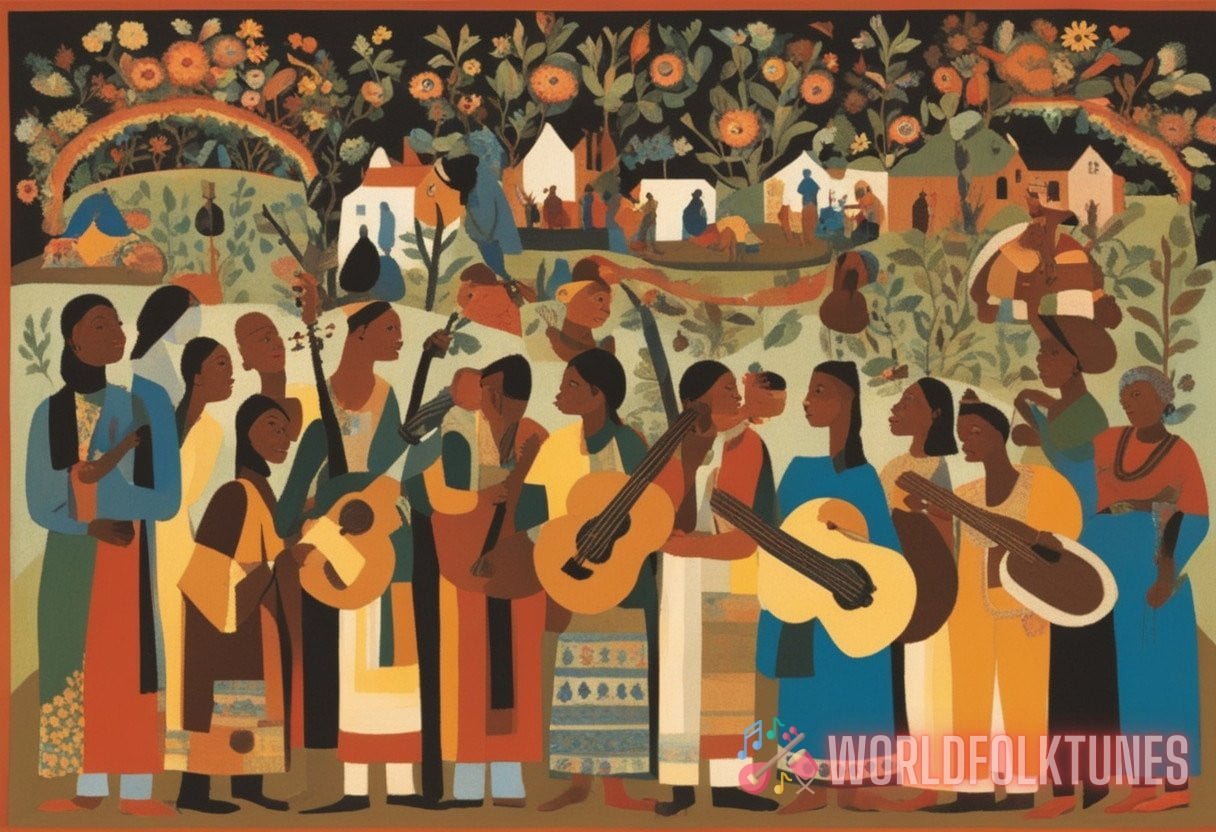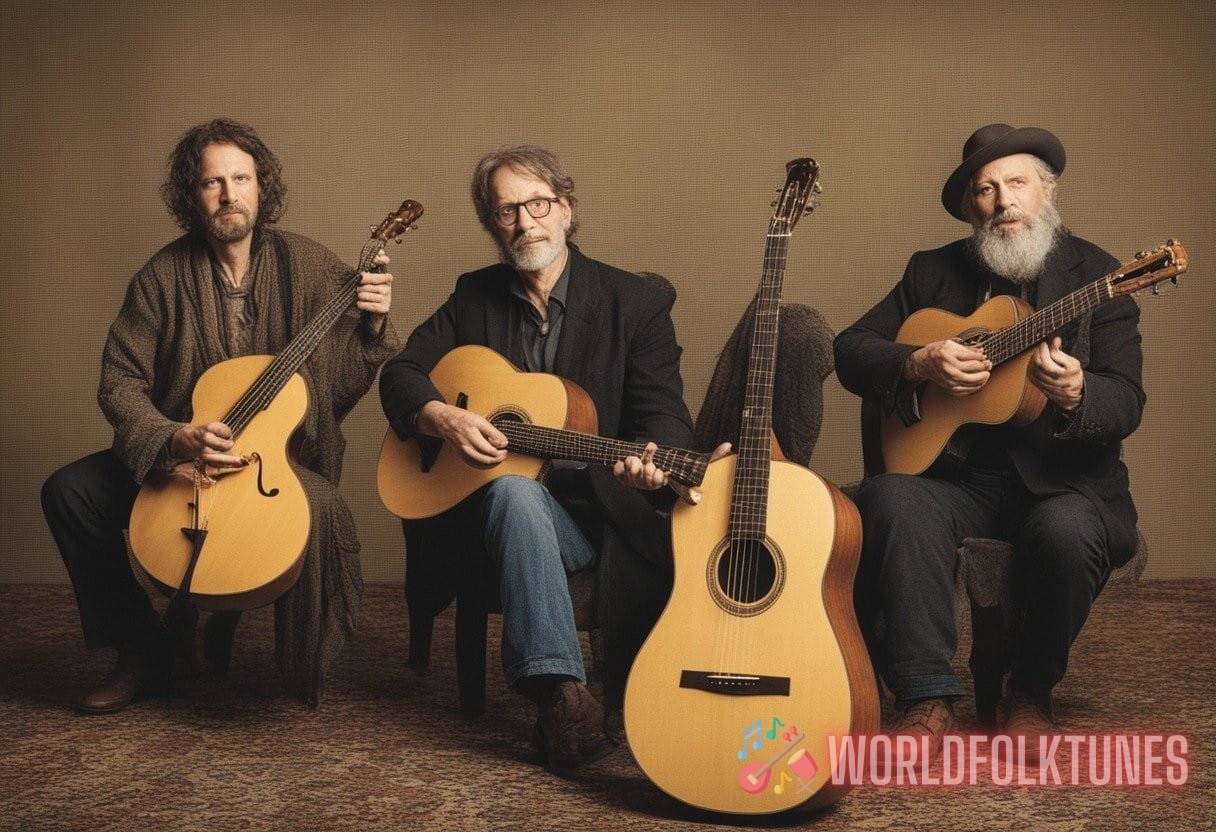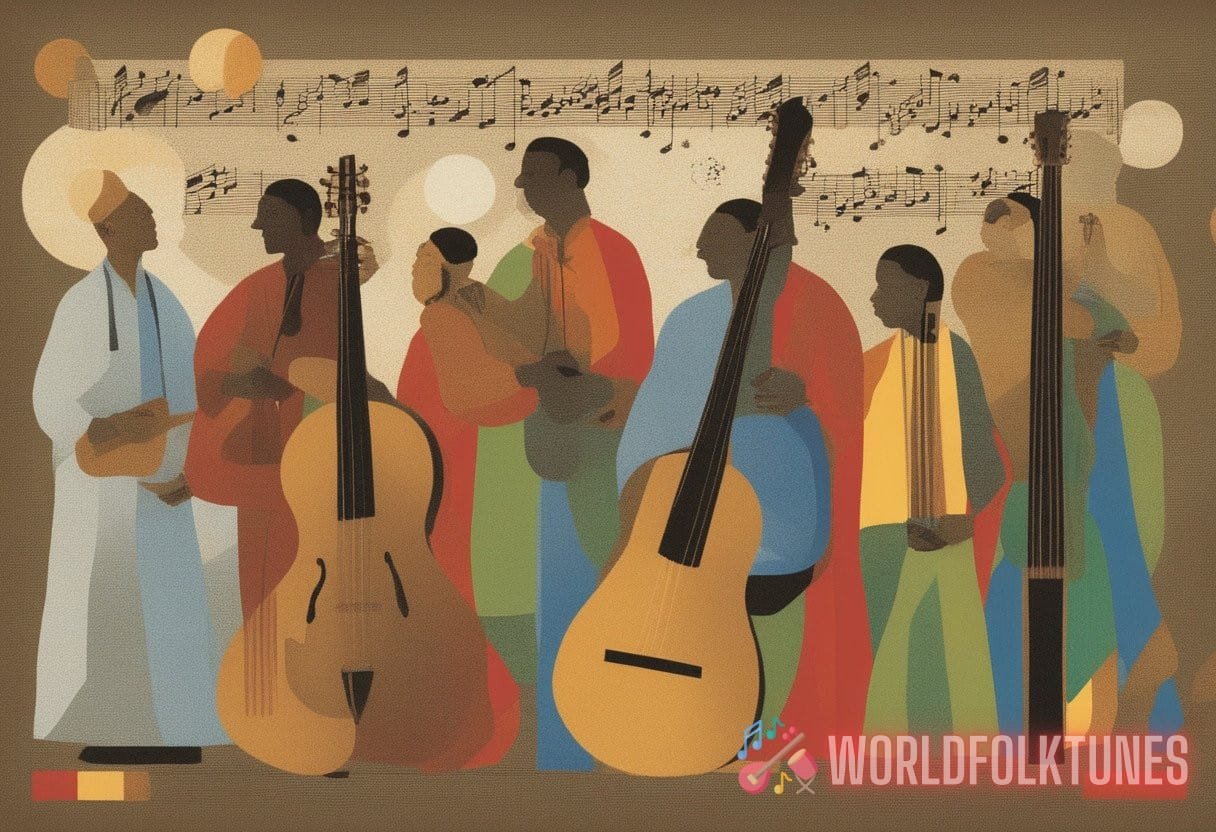Echoes of Harmony: Examining the Symbiotic Relationship Between Folk Artists Across Eras
Folk music, renowned for its emotive narratives and melodious tunes, sees its roots stretching back generations. The intrinsic connection between folk artists across eras forms a fascinating tapestry, one where traditions complement innovations, and ancient sounds harmonize with contemporary vibes. This in-depth guide delves into these echoes of harmony, scrutinizing how folk artists’ symbiotic relationships span through time.
Understanding Folk Music Through Historical Lenses
Folk music has historic roots deeply embedded in societies worldwide. To appreciate the symbiotic relationships between folk artists, one must grasp the foundational aspects of this genre. From the communal chants of early tribes to the compelling ballads of medieval times, folk music encapsulates human experiences and societal narratives.
The Evolution of Folk Music
Traditional Folk: The Origins
Traditional folk music, characterized by its oral transmission and cultural specificity, served as a vehicle for storytelling and communal identity. Songs often evolved locally, tailored to the immediate experiences of a community. Artists playing traditional instruments like the fiddle or banjo were the custodians of these evolving narratives.
The Folk Revival: A Bridge Between Eras
The mid-20th century saw a resurgence of interest in folk music, commonly referred to as the “Folk Revival.” This period acted as a bridge between traditional folk and contemporary interpretations. Key figures like Bob Dylan and Joan Baez drew inspiration from traditional songs while infusing them with modern sensibilities.
Contemporary Folk: Embracing Innovation
In the present day, folk music has embraced a conglomeration of styles and influences, integrating elements from various genres. Modern folk artists like Ani DiFranco and Iron & Wine continue this legacy, reflecting societal shifts and technological advancements in their work.
Symbiotic Relationships: Learning and Influencing Across Generations
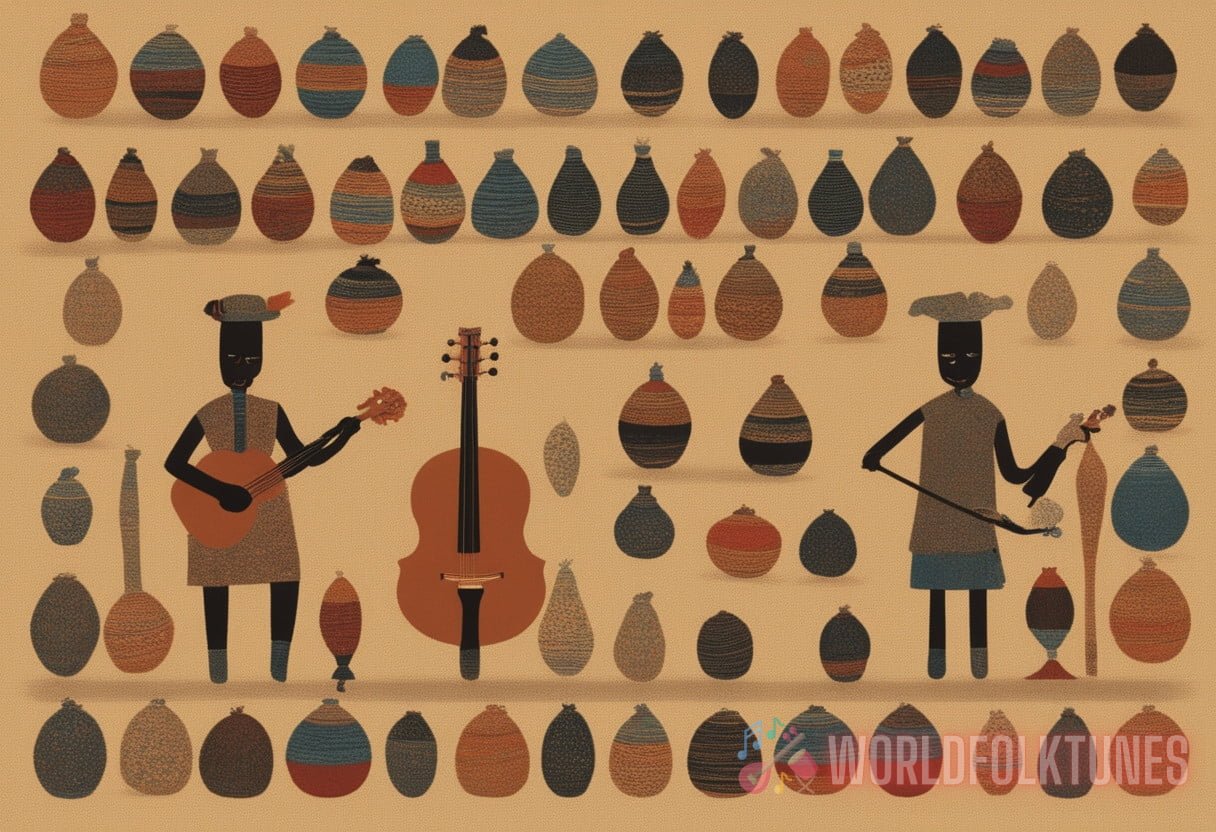
The relationship between folk artists across eras is not merely one of influence but of symbiosis.
Mentorship and Legacy
- Mentorship: Younger artists often receive mentorship from established musicians, providing continuity and fostering innovation.
- Legacy Preservation: Folk artists frequently cover traditional songs, ensuring the longevity of these tunes across generations.
Collaboration and Cross-Pollination
Collaboration among folk artists, spanning different eras, leads to cross-pollination of ideas and styles. For instance, Doc Watson and Gillian Welch are examples of artists whose collaborative efforts have enriched the folk genre.
Adaptation and Evolution
- Adapting Traditional Tunes: Modern artists adapt traditional folk tunes, preserving their essence while rendering them relevant to contemporary audiences.
- Instrumentation and Technology: The adoption of new instruments and technology reflects the evolutionary symbiosis in folk music. Artists now incorporate electronic elements, blurring the line between melodic traditions and digital soundscapes.
Case Studies: Examining Symbiotic Relationships
Woody Guthrie and Bob Dylan
The relationship between Woody Guthrie and Bob Dylan serves as a striking case study. Guthrie, a significant figure from the first half of the 20th century, profoundly influenced Dylan, who emerged during the Folk Revival. Dylan’s early work echoes Guthrie’s themes of social justice and personal storytelling, demonstrating a clear line of artistic inheritance.
Joni Mitchell and Contemporary Female Artists
Joni Mitchell’s innovative approach to folk music has inspired a multitude of contemporary female artists. Singer-songwriters like Brandi Carlile cite Mitchell not only as an influence but as a touchstone for creative exploration.
Symbiotic Themes in Lyrics and Composition
The lyrical themes and compositional structures prevalent in folk music reflect a shared symbiosis. Themes of social justice, personal struggle, and existential reflection recur across eras, showcasing a timeless dialogue among artists.
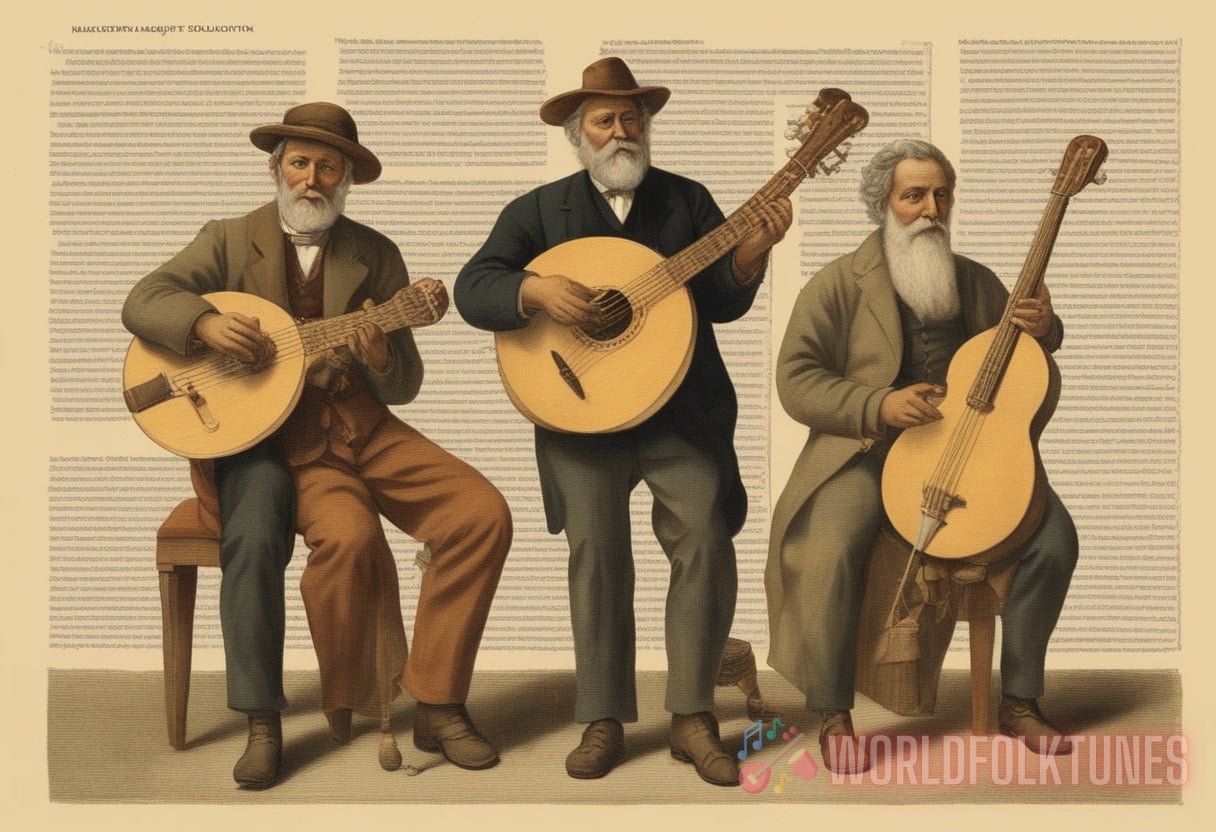
Traditional Instrumentation: Continuity and Innovation
The choice of instruments in folk music illustrates another axis of symbiosis. Instruments like the banjo and mandolin have historical significance, yet contemporary artists experiment with them, introducing innovative playing techniques and electronic enhancements.
Research and Preserve: The Role of Folk Music Archives
Organizations and archives play a pivotal role in preserving the symbiotic relationships in folk music. Archives such as the Smithsonian Folkways maintain extensive collections of recordings and documents, offering a rich resource for both seasoned scholars and budding musicians.
Festivals and Gatherings: Platforms for Interaction
Folk festivals and gatherings provide platforms for artists across eras to interact, collaborate, and perform. Renowned events like the Newport Folk Festival foster a confluence of traditional and modern folk, encouraging the symbiosis between past and present artists.
The Role of Digital Media: A Modern Facilitator
Digital media platforms, including streaming services and social media, have become significant in propagating folk music. These platforms allow broader dissemination, enabling artists from different eras to connect and exchange ideas more effectively than ever before.
Future Directions: Predicting Symbiotic Trends in Folk Music
As folk music continues to evolve, future trends may see greater incorporation of global influences, further technological integration, and intensified collaborations across artistic disciplines. Artists might explore more interactive and immersive experiences, leveraging technologies like virtual reality to create novel auditory landscapes.
Conclusion
The symbiotic relationship between folk artists across eras underscores the dynamic and evolving nature of folk music. This genre thrives on its ability to honor traditions while simultaneously embracing change. For more on rising trends and the resurgence within contemporary folk music, explore this guide to unveiling the resurgence of storytelling in contemporary folk music. To discover more about prominent folk artists and their contributions, visit this article on notable folk artists.
Ultimately, the echoes of harmony within folk music reveal a rich, interconnected world where every note, lyric, and rhythm reverberates across time, linking past, present, and future artists in a timeless symphonic relationship.

